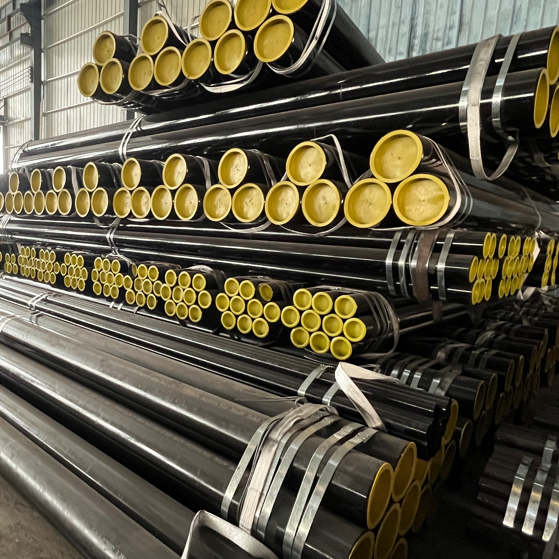In modern industry, seamless steel pipe thermal pipelines are widely used as the main means of transmitting high-temperature and high-pressure liquids and gases. Capable of carrying extremely high pressure fluids, it is necessary to carry out high-level construction and maintenance to ensure the safety and effectiveness of the system. This article will explore the construction technology of seamless steel pipe heating pipelines, providing you with comprehensive knowledge.
1、 Material preparation must be carefully evaluated before starting construction. Seamless steel pipes must meet the specified standards and must not have any cracks or defects. In the construction of thermal pipelines, insulation materials are also crucial. Thermal insulation must meet the required temperature and pressure levels, and should have durability and chemical stability.
2、 The construction team must also evaluate the foundation condition on site. The foundation must be stable and able to support the weight of the thermal pipeline and any additional loads. If the foundation is not perfect, reinforcement or adjustment must be carried out to ensure the safety and stability of the pipeline.
3、 The process of pipeline installation requires extremely high professional skills and technology. Before starting, it is necessary to accurately measure and mark the pipeline interface to ensure accurate installation. Then, the team will gradually begin installation to ensure that the seamless steel pipes are accurately connected to the joints. Throughout the entire process, the construction team must operate with caution, as any mistake may lead to dangerous situations such as pipeline interruption and rupture
 ASTM A106 Thick-walled steel pipe production steps
ASTM A106 Thick-walled steel pipe production steps
 Shengtian Group successfully participated in the Russian Oil and Gas Exhibition
Shengtian Group successfully participated in the Russian Oil and Gas Exhibition
 Is API 5L Black Steel Pipe Good For Air Lines?
Is API 5L Black Steel Pipe Good For Air Lines?